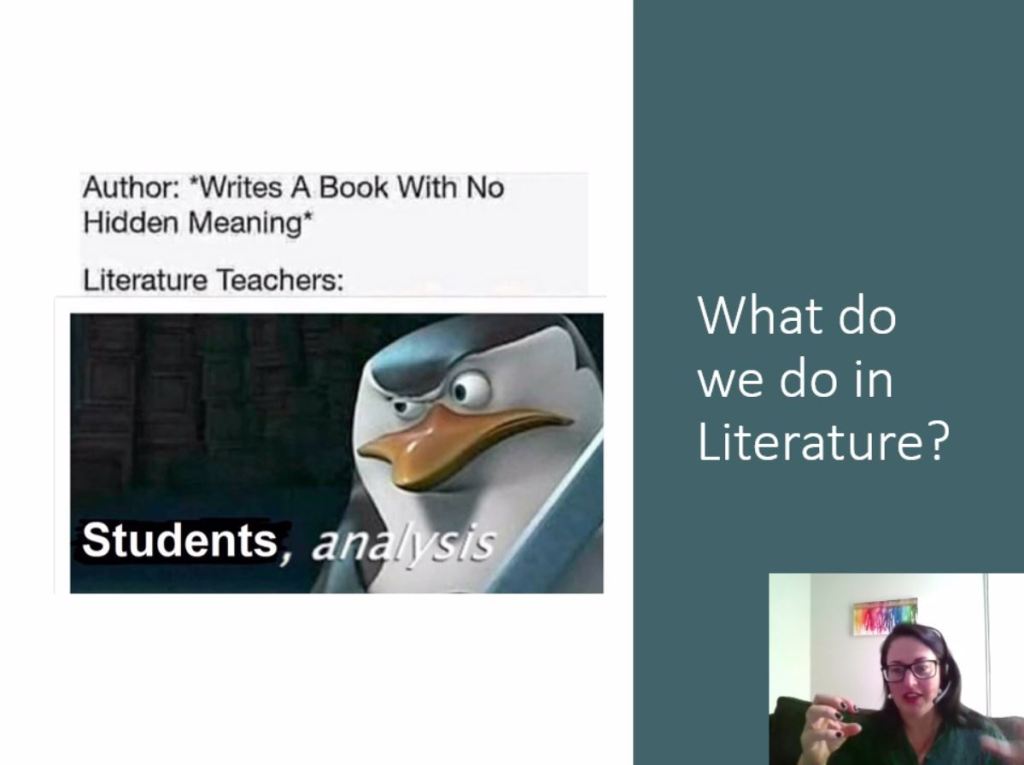
Here we go again. Another year. In a pandemic.
In Australia the academic year has just begun. We are in the ‘schools are first to open and last to close’ phase of the pandemic, with teachers considered essential workers (essential to keeping children in school and parents in the workforce, as well as to continuing the learning of and supporting the wellbeing of students). Schools have, of course, never been closed in Australia. There have been lockdowns during which schools remained open to the children of essential workers with teachers providing remote learning. There have been, and will continue to be, times when there are a number of students at school and a number at home. 2022 may well test the notion of being ‘open’, with staff shortages due to ill and furloughed staff a real concern for schools. Nonetheless, as they have throughout the pandemic, schools will continue to apply the government directions and do their absolute best.
A return to school after the summer break—even with masks, regular rapid tests of students and staff, open windows, air purifiers and CO2 monitors (for those schools that have received supplies)—brings with it uncertainty and the need for constant decisional responsiveness to changing circumstance. Yesterday on ABC’s The Drum, NSW school Principal Briony Scott talked about schools responding to the constantly changing government instructions as:
“like driving a huge ship liner and saying: turn left now. I can spin the wheel all I want, but you have to bring people’s hearts and minds with you.”
She described how schools encompass extensive communities that are cared for by the school, with students, parents and staff falling along a continuum of needs. That’s also my experience in a school of 1800 students and 300 staff, and their associated families. A school is a slice of society and so reflects wider issues and social complexities, with each individual in a school community bringing their own vulnerabilities, anxieties, family intricacies and idiosyncrasies of personal context.
One thing we have been discussing at my school is what we could alleviate in terms of teacher workload, as part of our approach to supporting teacher wellbeing. While we cannot control potential future staffing shortages and the effect this will have on workloads, what professional expectations and meetings can be rethought as the year unfolds? How might staff best collaborate or share tasks to increase efficiency in curriculum planning and preparation of resources? A 2016 UK report on effective marking practices, well before the pressures of a pandemic, noted that there are many ways to acknowledge students’ work, to value their efforts and achievement, and to celebrate progress. It added that:
“too much feedback can take away responsibility from the pupil, detract from the challenge of a piece of work, and reduce long term retention and resilience-building. … Accepting work that pupils have not checked sufficiently and then providing extensive feedback detracts from pupils’ responsibility for their own learning.”
We have encouraged our teachers to think deeply about how much assessing and correcting of student work they are doing, and what they might be able to let go of if they consider the purpose of learning activities, feedback, and evidence of learning. I have shared resources by Glen Pearsall on fast, effective feedback; by Kat Howard and Daisy Christodoulou on techniques such as whole-class feedback; and Dylan Wiliam’s work on what makes feedback effective, including ensuring students meaningfully act on feedback. I always ask: Who is doing the thinking? The student should be doing the cognitive work, facilitated by the teacher.
I have asked curriculum leaders to ponder the following questions as they begin work with their teams this year:
- Is there anything your teachers are doing that they can stop doing?
- Are there ways to be more efficient yet still effective in planning, marking, feedback and assessment? Are all planned assessments necessary?
- Are there ways that teacher collaboration and technologies might help streamline teacher workload in your team?
- Are there ways you can help to energise and sustain your team?
As someone who likes to be prepared well in advance (I like a long runway to change), I am challenging myself to be as prepared as I can while also being ok with uncertainty and accepting of what I cannot control. I am reminding myself that while forward planning, informed decisiveness and communication are key in an ongoing crisis, what’s most important is checking in with the people in our community, looking out for and looking after them as best we can in what are likely to continue to be difficult circumstances.










